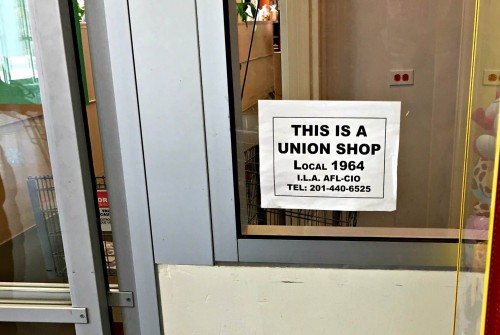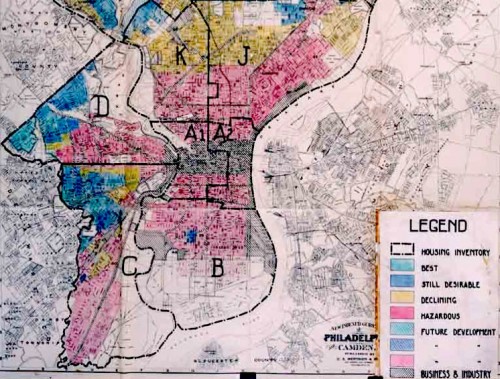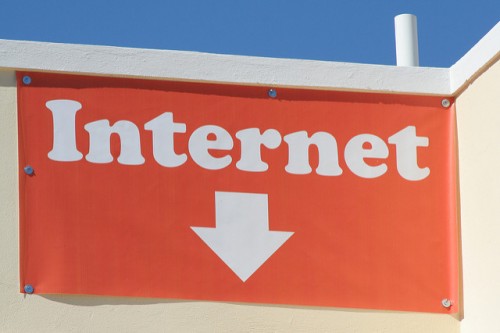As I walk in, I glance at the sign that says “Local 1964 AFL-CIO” and smile at the greeter who stands by the front door. Walking down the aisle I peruse the household cleaners. All natural, $4; organic, $9; wood-safe, $3.Taken slightly aback by the cost, I pull out my phone and bring up the same products in the Amazon app: $1.50 difference. I pause to think about that $1.50 and spiral into an internal dialogue about capitalism and my place within it. Not only do these chemicals eventually go down my drain back into a water source that I share with my neighbors, but the money I spent represents my values. $1.50 is less than the price of a small ice cream, and also, apparently, the margin necessary to pay the local grocery workers a living wage. I pick up the product off the shelf— the $4 natural multi-surface cleaner—and continue down my list.
The presence and use of Amazon’s apps on my phone are part of a larger socioeconomic process. As gentrification runs rampant in my small city, the local use of Amazon and other delivery apps increases and local union grocery stores have closed one after another, resulting in many unemployed people. One of the many insidious aspects of late capitalism is its ability to force a competition between time-saving and wage-saving. The convenience of technology necessitates further trust in and reliance on the rest of society. Or, as PJ Rey puts it: “There is no such thing as a lone cyborg.” What we often ignore, however, is how our choice of convenience simultaneously necessitates that our local community also become more reliant on large infrastructures and less self-sustaining. As Christian Fuchs explains in Labor in Informational Capitalism and on the Internet, the unemployed class is an inevitable byproduct of technological progress in a capitalist society that must be continuously deprived of wage labor and capital. more...








